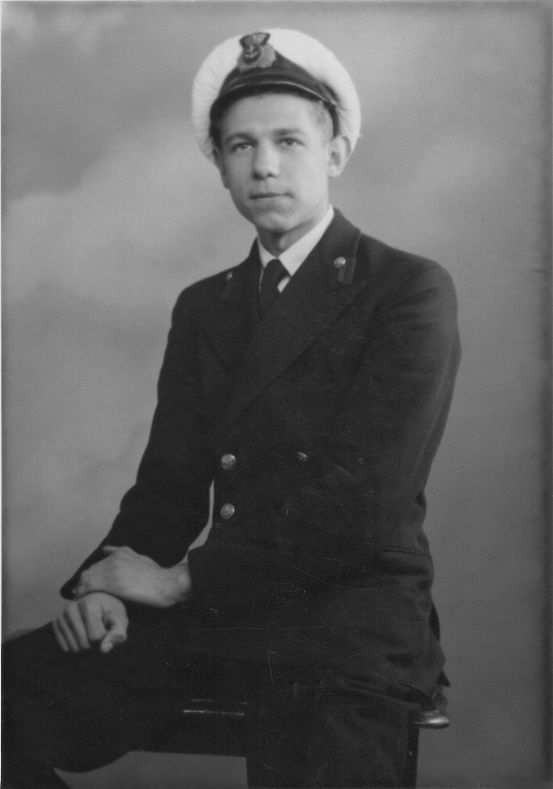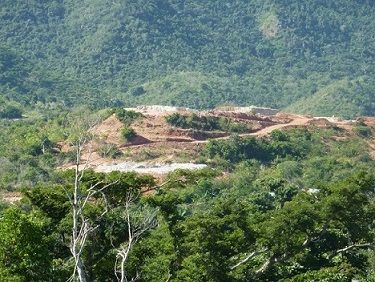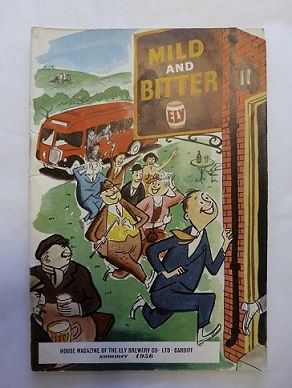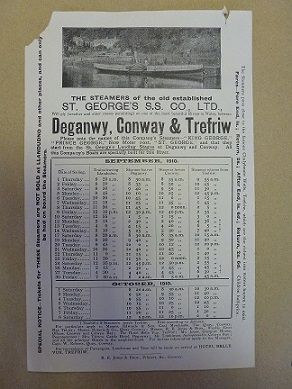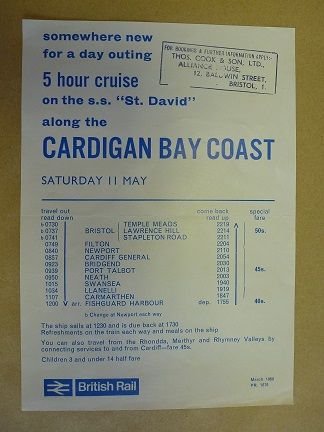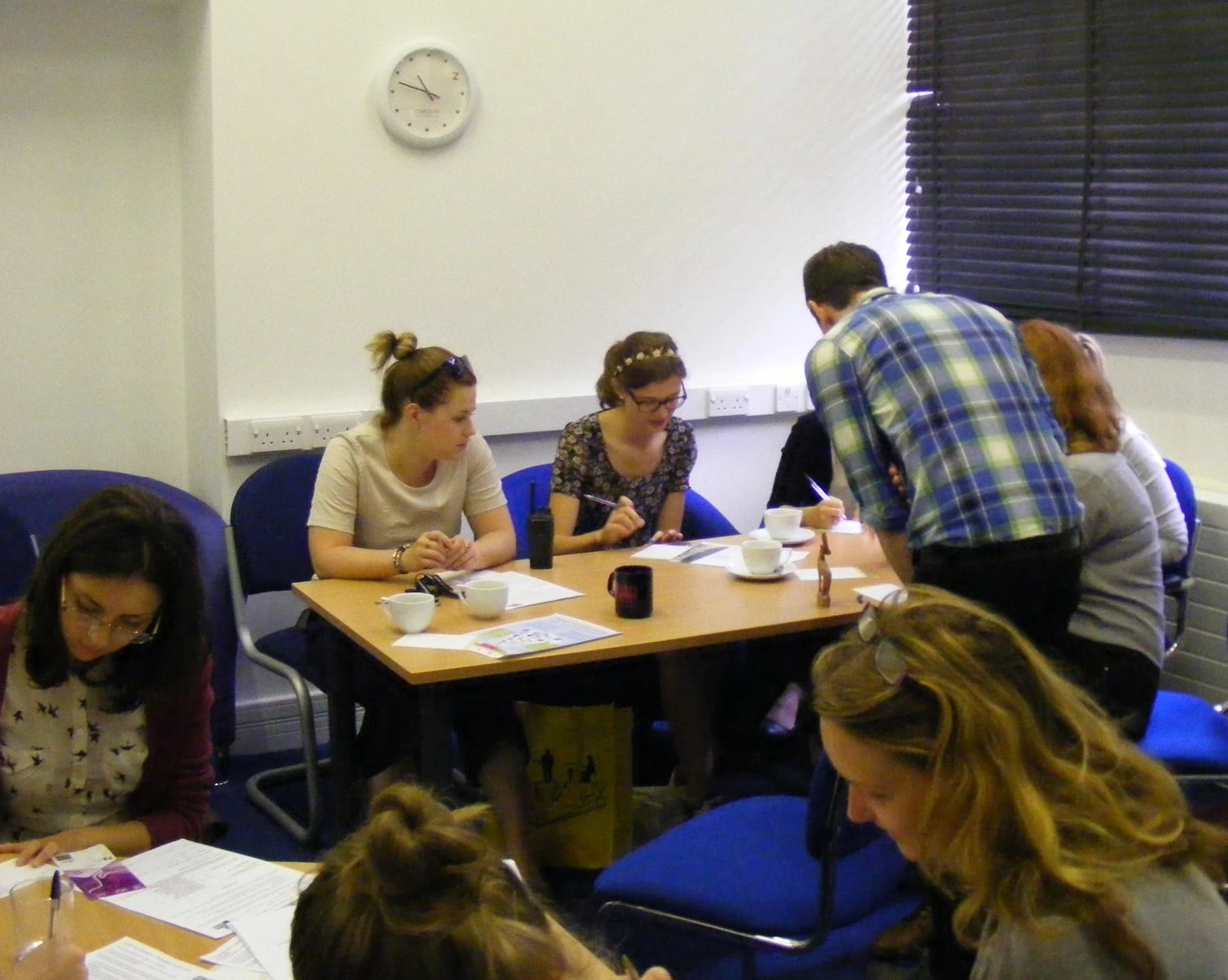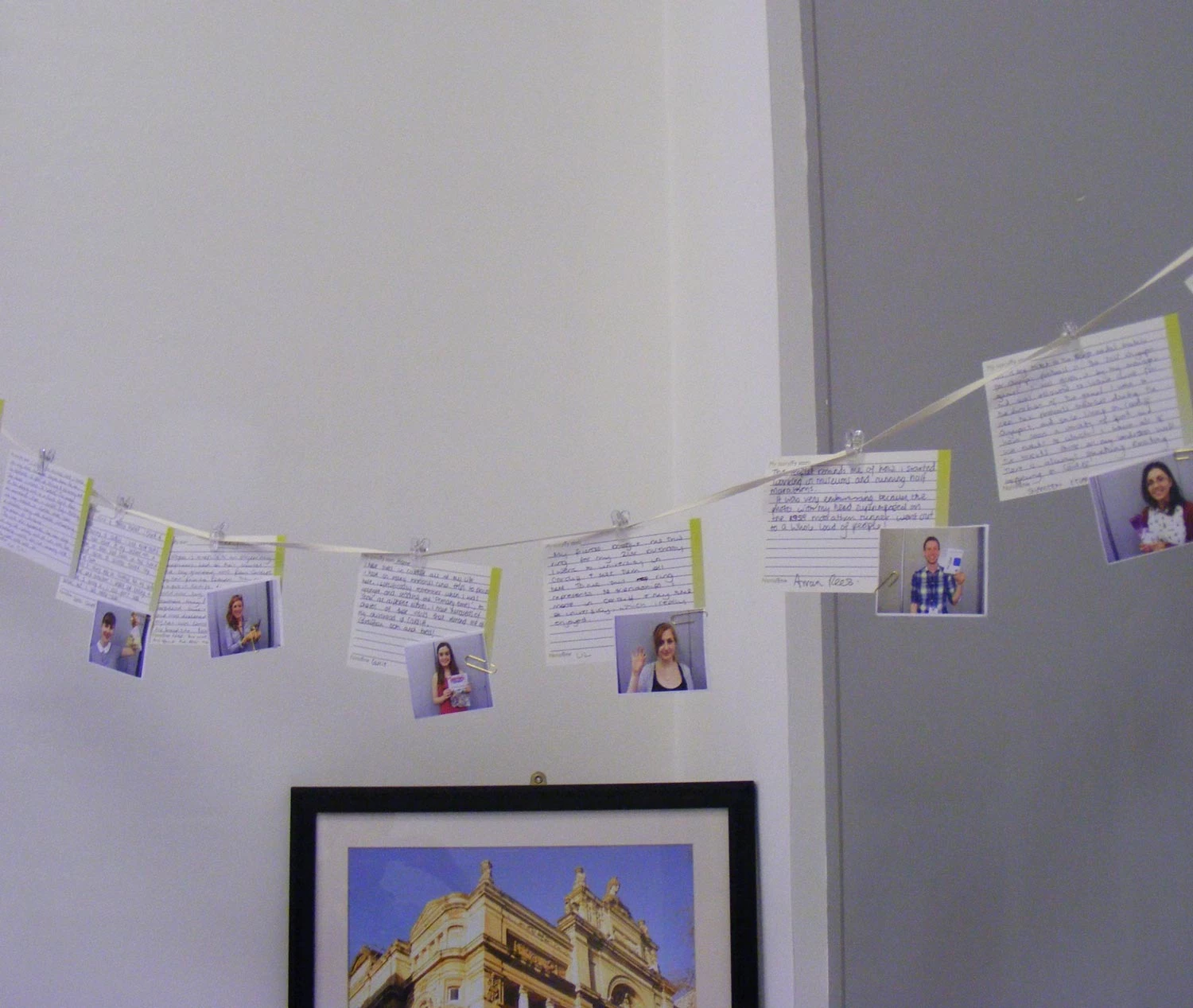#fflachamgueddfa #popupmuseum
Heddiw, cynhaliwyd y gweithdy cyntaf ar gyfer creu fflach amgueddfa yng Nghynhadledd Cymdeithas yr Amgueddfeydd ym mis Hydref yng Nghanolfan y Mileniwm yn Amgueddfa Stori Caerdydd. Daeth staff o Amgueddfa Stori Caerdydd, Amgueddfa Cymru a Chronfa Dreftadaeth y Loteri ynghyd gydag aelodau o Fforwm Ieuenctid a gwirfoddolwyr Amgueddfa Cymru ac Amgueddfa Stori Caerdydd i brofi’r broses angenrheidiol ar gyfer creu fflach amgueddfa.
Cytunodd y rhai a fynychodd y byddai defnyddio Caerdydd fel thema yn syniad da. Bydd Beth yw eich stori Caerdydd? Neu beth mae Caerdydd yn ei olygu ichi? Yn rhoddi cyfleoedd i bobl roddi eu barn am Gaerdydd- prif ddinas Cymru, hyd yn oes os nad ydynt erioed wedi ymweld â’r Ddinas. Bydd yn cynnwys pobl sydd wedi eu geni a’u magu yn y Ddinas neu’r rhai hynny sydd newydd gyrraedd Caerdydd am y tro cyntaf erioed; y rhai sy’n mynychu cynhadledd Cymdeithas yr Amgueddfeydd a theuluoedd yn ymweld â Chanolfan y Mileniwm fel rhan o Ŵyl Amgueddfeydd Cymru.
Roedd proses drefnus wedi ei gosod lle'r oedd pawb yn cymryd tro i ysgrifennu, tynnu llun o’u gwrthrych, cael tynnu llun o’u hunain a chael eu ffilmio yn siarad am eu stori Caerdydd.
Mewn awr, crëwyd amgueddfa syml, ar raddfa fechan. 12 gwrthrych, 8 stori, 7 voxpop a 12 llun oedd i gyd yn dweud rhywbeth gwahanol am Gaerdydd a beth mae’n ei olygu, neu wedi ei olygu i’r rhai hynny oedd yn cymryd rhan, unai heddiw neu yn y gorffennol.
Arran Rees, Curadur Casgliadau Amgueddfa Stori Caerdydd rannodd ei wrthrych a’i stori gyntaf.
Tro pawb arall oedd hi wedyn, ac o fewn 30 munud, cafwyd llu o wrthrychau gwahanol o bice ar y maen i ffosil oedd yn datgelu rhywbeth am Gaerdydd. Defnyddiodd y person rannodd y Pice ar y Maen y cacennau fel ffordd i ddangos ei hoffter o’r stondin ym Marchnad Caerdydd a sut yr oedd yn meddwl am Gaerdydd a Chymru gan iddi ddod i’w hoffi er gwaetha’r ffaith ei bod yn casáu ffrwythau wedi eu sychu. Gwrthrych arall oedd modrwy oedd yn symbolaidd o gyfeillgarwch ac amseroedd da ym Mhrifysgol Caerdydd. Rhannodd person arall ei phrofiad fel perfformwraig ym Mardi Gras Caerdydd yn 2013. Roedd pawb eisiau darllen storiâu pawb arall ac ysgogodd y gwrthrychau drafodaeth am Gaerdydd – y da a’r drwg, presennol a gorffennol.
Roedd y gweithdy’n hynod o ddefnyddiol. Cadarnhaodd y grŵp fod thema fwy eang yn well, ac yn fwy agored, gyda’r potensial o apelio at fwy o bobl i gyfrannu na rhywbeth rhy benodol. Roedd technoleg syml yn gweithio, a bydd yn gallu creu diddordeb a thrafodaeth – hyd yn oed os nad yw technoleg yn gweithio.
Nawr bod y syniad wedi ei brofi, rydym yn barod ar gyfer ein gweithdy nesaf. Bydd gweithdy agored, eto yn Amgueddfa Stori Caerdydd, 30 Awst 11yb-1yh. Ymunwch a ni a rhannu beth mae Caerdydd yn ei olygu ichi.
Cysylltwch â Arran Rees yn Amgueddfa Stori Caerdydd am fwy o wybodaeth: cardiffstory@cardiff.gov.uk
02920 788334
